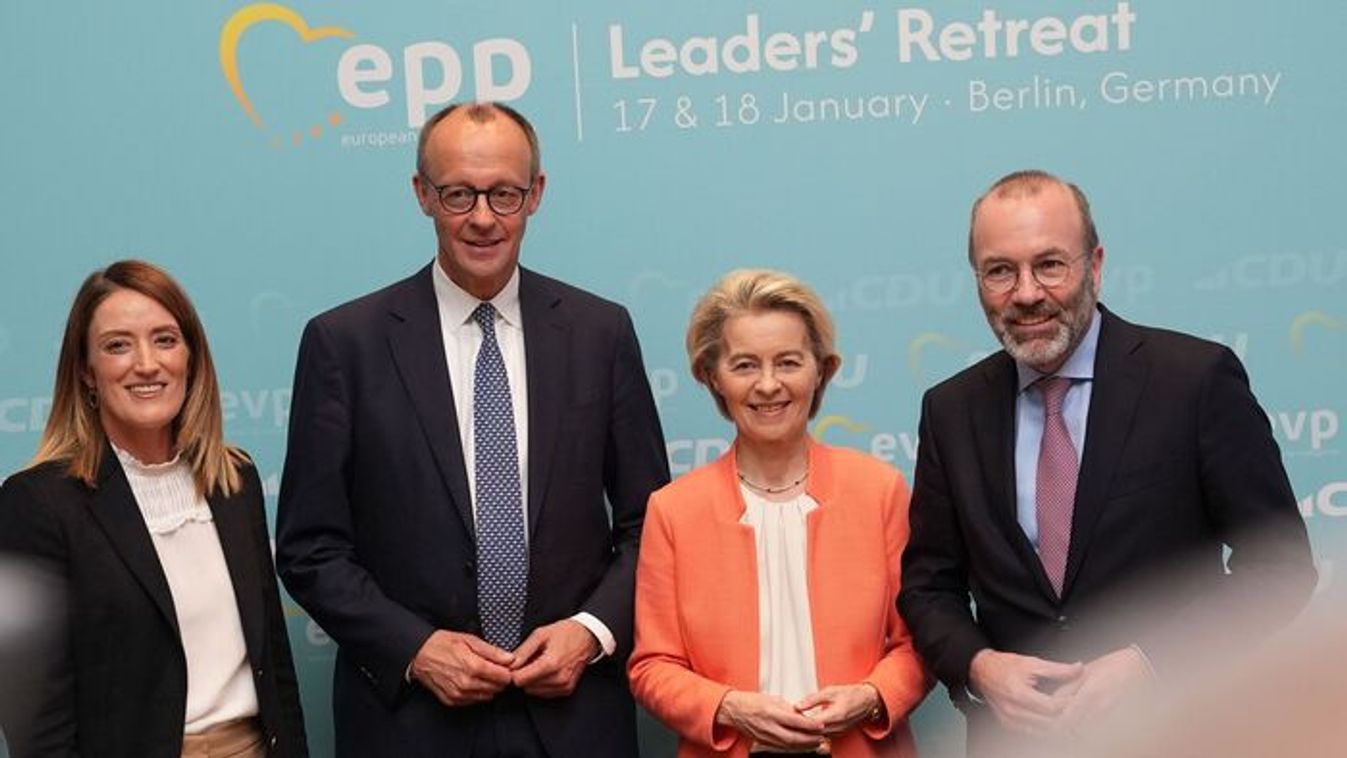Két út áll az Európai Unió előtt: az egyik a történet végét jelentené

Egyre világosabb, Orbán Viktor miért hangoztatja régóta, hogy a brüsszeli politika irányát meg kell változtatni.

I would suggest that you look closely at the best wines emerging from Hungary's Tokaj district, which is now issuing Tokaji wines of a quality unseen for more than a century.
„Today's classics are not built for eternity. They won't last. The new classics are instead creatures of the moment, umbilically attached to a vital, invested audience. Once that audience moves away, for whatever reason, these new classics will wither.
